Continental thieves: Six dictators who stole Africa
ANALYSIS: Decolonisation made a handful rich at the expense of the many.
WATCH: NBR columnist Nevil Gibson speaks with Calida Stuart-Menteath.
ANALYSIS: Decolonisation made a handful rich at the expense of the many.
WATCH: NBR columnist Nevil Gibson speaks with Calida Stuart-Menteath.
The end of World War II left two continents, Europe and Asia, devastated and ruined. One, North America, was left untouched and set for an era of unprecedented prosperity.
Such a prospect was held for two other continents, Africa and Latin America, which were rich in human and physical resources. Nearly 80 years later, Europe and Asia have mostly recovered their former prosperity and status.
Africa and Latin America have not. They remain mired in conflict or have poorly managed economies that have wasted their potential. Surprisingly, the output of scholarship is puny compared with that, say, on the Cold War. One explanation is the contested notion of decolonisation.
As an ideological term, it became part of the Lenin lexicon and a central feature of the Cold War as Europe dismantled the residue of its empires in the 1950s and 1960s. These were replaced by nationalist movements, nearly all of which were heavily influenced by the Soviet Union’s expansion after 1945 and the Chinese revolution.
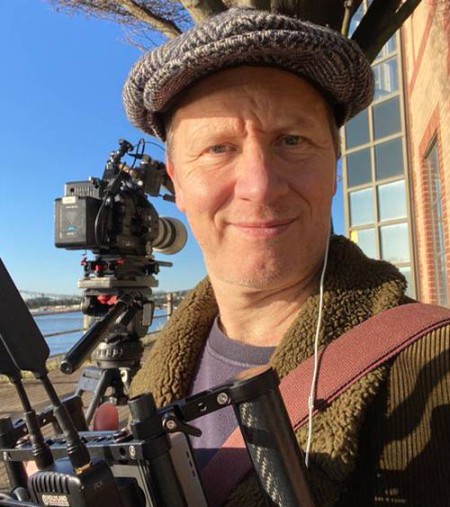
Paul Kenyon.
In Africa, writes Paul Kenyon, the retreat of the colonial powers left 50-odd territories in the hands of indigenous leaders who were mostly “unprepared for governance”. Moreover, these nations were coarsely mapped constructs, with borders that took little account of age-old tribal rivalries.
“Families were left separated by the draftsmen’s blunt pencil. Hostile people were thrown together and told to sort out their differences at the ballot box. The newly empowered leaders chose to advance the interests of their own tribes above the rest,” Kenyon continues.
And so it goes: gems and precious metals were the source of wealth and power, reinforced by fear and violence with dominance of a clan or family having priority above all else.
The result, Kenyon describes in Dictatorland, is a continent where authoritarian rule, continuous conflict and unspeakable atrocities are as much a feature today as the slave trade in past centuries; the discovery of diamonds by Europeans in 1871, gold in the 1880s, cocoa cultivation from 1900, and oil in the 1950s.
All feature in Kenyon’s study of “the men who stole Africa” – half a dozen of the most egregious examples of using a nation’s richest resource for personal gain. Most were personally known to Kenyon, who was a BBC correspondent in Africa and has made more than 50 documentaries for the Panorama investigative journalism programme.
A glance through today's headlines shows Africa is little changed from the periods Kenyon covers. Elections are fraught with measures to repress opposition forces. In Senegal, whose election to replace President Macky Sall has been delayed, politicians face serious charges or have been jailed. This also goes for Benin, Tanzania, Egypt, Uganda, Rwanda, Niger, Zimbabwe, and Tunisia.
Military coups have occurred in West Africa, including Guinea, Burkino Faso, and Niger, was well as in Chad, Mali and Gabon. Sudan, after the split from South Sudan, is wracked by a civil war that has killed tens of thousands and displaced millions.
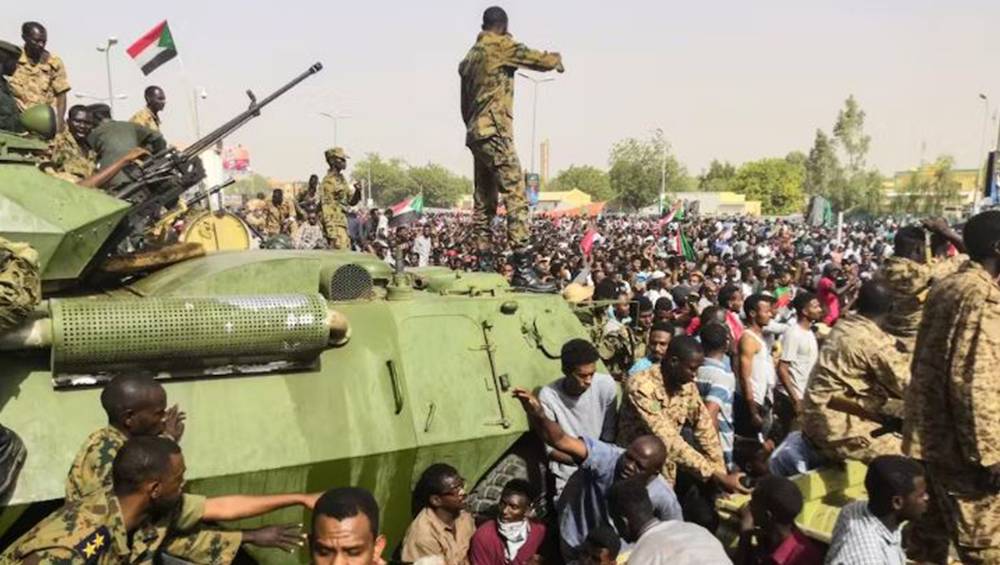
Military coups have recently occurred in West Africa.
Kenyon first focuses his attention on the mineral-rich areas of central and southern Africa in case studies of Sese Seko (Joseph Désiré) Mobutu in the former Belgian Congo and Robert Mugabe in Southern Rhodesia. Next is the capture of oil wealth by Nigerian military leader Sani Abacha, Mohammed Gaddafi in Libya, and Teodor Obiang in Equatorial Guinea.
Cocoa king Felix Houphouet-Boigny in Côte d’Ivoire warrants an entire section, as does the austere and cruel warlord Isais Afwerki in poverty-stricken Eritrea, the only dictator who didn’t build a fortune.
Belgium’s role in the 19th century’s scramble for Africa was notorious from the start, as King Leopold II used his personal power to establish control over the Congo Basin, which was considered too hard by others. In 1908, Belgium became the official coloniser of the largest and most mineral-rich territory in the world.
By comparison with Britain and France, Belgium trained few of what were called évolué in French; natives who were educated in European traditions and competent in governance. When the Congo became independent in 1960, it had only 17 such graduates.
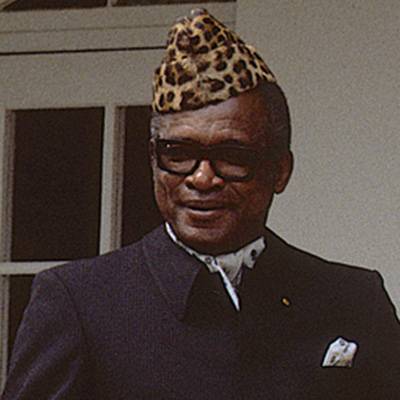
Sese Seko (Joseph Désiré) Mobutu.
Among them were Patrice Lumumba, Moïse Tshombe, and Mobutu, all of whom attended the independence talks in Brussels. Within days of completion, the wealthiest province, Katanga, broke away with the support of Belgian troops, plunging the country into civil war.
Mobutu, head of the army, gained control of the entire country, executing Lumumba and many others in the process. He changed the country’s name to Zaire in 1971 and became involved in other post-independence wars in Angola and Rwanda.
Mobutu’s support of the Hutu in Rwanda helped end his dictatorship of three decades when Tutsi-backed Laurent Kabila swept across the country and ousted Mobutu. Mobutu had amassed a fortune estimated at US$5 billion on his death after a brief exile in Morocco.
When the British carved up their central African federation in preparation for independence, the prize was Southern Rhodesia, which shared the mineral wealth of Katanga and had prospered under European agricultural practices.
At 34, Robert Mugabe was a teacher in Ghana and an admirer of its post-independence Marxist leader Kwame Nkrumah. On returning to Rhodesia, Mugabe was soon leader of the Chinese-backed faction of the Zimbabwe nationalist movement.
An early user of violence to pursue his political ends, Mugabe won the election in 1980 that ended the brief rule of Ian Smith’s self-declared regime. Mugabe’s main opponent, Joshua Nkomo, was removed from power through a tribal purge.
Backed by a Soviet-style secret police, the Mugabe dictatorship lasted until 2017, when he was put under house arrest. He lived for another two years, dying in Singapore aged 95.
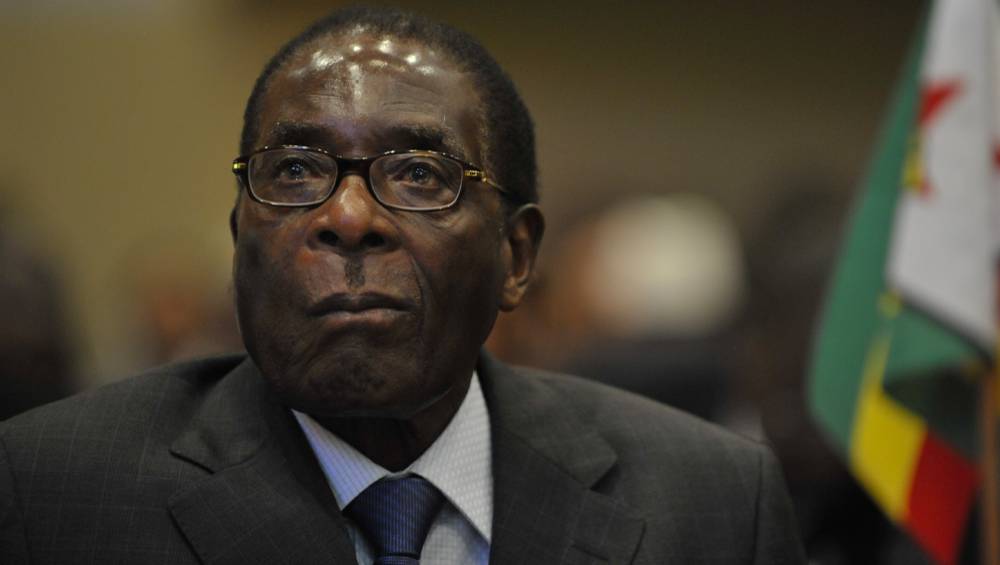
Robert Mugabe at the 12th African Summit, 2009.
During his 30 years in power, the former ‘food bowl’ of Africa fell into economic and financial ruin, except for the lucrative returns to Mugabe and others from the illegal diamond trade, farmland seizures, and Chinese largesse. Kenyon does not put a figure of Mugabe’s wealth, though his house arrest was spent at a luxurious ranch, and he got a US$10 million send-off on his forced resignation.
By comparison, Mohammed Gaddafi’s fortune was estimated at US$200b after he was toppled from his dictatorship of 34 years in Libya. He had overthrown King Idris in 1969, 12 years after oil was discovered in 1957.
Gaddafi nationalised the industry and led a price hike campaign. Unlike some of his tyrannical peers, Gaddafi spent most of the money on supporting terrorist causes, from Palestine to the IRA in Northern Ireland. US President Ronald Reagan came close to killing him in a 1986 rocket attack.
The author confirmed Gaddafi’s ruthless use of violence when he met and interviewed Saadi who, like Saddam Hussein’s son Uday, fancied himself as a soccer player. Both were better known for their prowess at murder.
Gaddafi restored some of his reputation with the West when he supported the 9/11 war against Islamic terrorism, but he was killed during a civil war that erupted in the Arab Spring.
Military strongmen also used their power to capture the oil wealth of Nigeria, one of the world’s largest producers since 1958. For more than 50 years, the military alone acted as rentier to the multinational oil companies, which provided 90% of the country’s income.
The army seized power six years after independence in 1960. Effectively, Nigeria comprised three different tribal units and two religious ones. The first military leader, Lieutenant Colonel Yakubu Gowon, was overthrown in 1975, followed by other coups until 1985, until a semblance of stability was established under Major General Ibrahim Babangida.

General Sani Abacha amassed a fortune in the billions.
Among the constant plotters was the then Brigadier Sani Abacha, who finally staged his own coup in 1993 after three chaotic years of civilian rule. He didn’t last much longer, dying in 1998 after overdosing on Viagra, according to Kenyon.
By then, he and his oil commissar, Dan Etete, had accumulated US$3b to $5b, which was mainly used for bribery to retain their control over the revenue. This was estimated at some US$12b over six years. In 2012, Etete was in court facing fraud charges of US$1.3b filed against Abacha family interests.
Kenyon saves the worst until last. After independence from Spain, Francisco Macias used mass terror, killing a quarter of its population of 300,000 on the island of Bioko and a small mainland enclave collectively known as Equatorial Guinea. Its income came from coffee, cocoa, and timber.
His nephew, Teodoro Obiang, was the dictator’s main enforcer. He executed the mentally ill Macias in 1979, installing himself as president just before the discovery of offshore oil in the early 1990s.
A favourable regime for the oil companies boosted Obiang’s US bank account to US$700m by 2003, much of which was spent on Teodoro Jnr’s appetite for Beverly Hills and Paris real estate, a Gulfstream jet, and the world’s largest collection of Michael Jackson paraphernalia.
Fortunately, the terror ended and Equatorial Guinea’s 1.4 million inhabitants live in Africa’s highest per capita income country, though this is unevenly spread (145 in the UN’s Human Development Index, two places above Zimbabwe at 147).
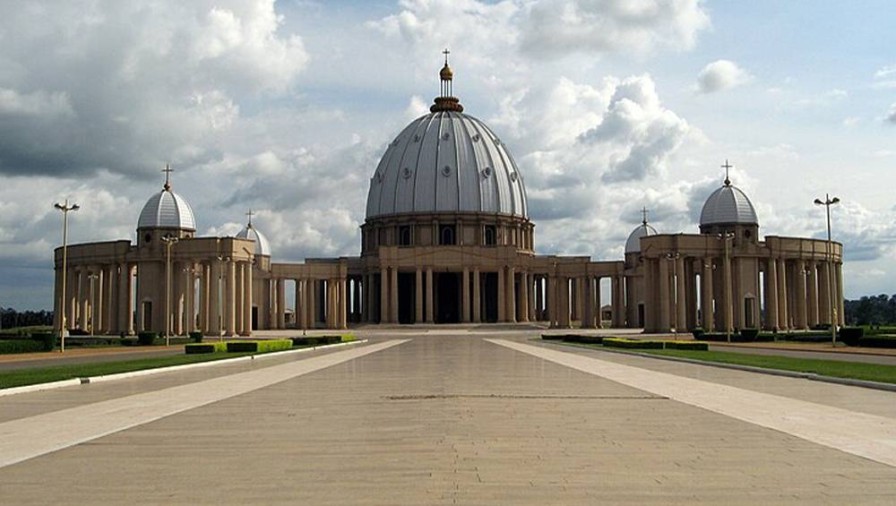
Basilica built by Felix Houphouet-Boigny. Photo: Felix Krohn
The Obiangs’ lavish lifestyle was outclassed by those of cocoa magnate Felix Houphouet-Boigny, who inherited his father’s estate and used his close relationship with the French establishment to be the first president of Côte d’Ivoire.
Unlike most of his peers, Houphouet-Boigny was an anti-communist and understood the benefits of capitalist agriculture. Côte d’Ivoire was a prosperous exception in post-colonial Africa, but inevitably the ruler’s greed and vanity brought his downfall.
He borrowed billions to build a palace and a copy of St Peter’s Basilica in his home village, Yamoussoukra (such gestures were a common vice among Africa’s dictators: Malawi’s Hastings Banda in Lilongwe; Mobutu’s in Gbadolife; and Tunisia’s Habib Bourguiba).
Côte d’Ivoire’s economy collapsed in the commodity slump of the 1980s, exposing its US$12b in foreign debt. Houphouet-Boigny’s wealth at his death from cancer in 1993 was an estimated US$11b, mostly stashed in European bank deposits and real estate.
The less said the better about the final dictator on Kenyon’s list, Eritrea’s warlord Isais Afwerki, who continues to rule his prison camp state that seceded from Ethiopia in 1993. Like 32 other countries in malignly ruled Africa, it languishes at the bottom of the UN’s “least developed countries” (Nigeria, Côte d’Ivoire, and Equatorial Guinea are not on this list). This compares with just eight in Asia.
Kenyon’s grasp of history and his first-person observations make him the ideal observer. His choice of just six dictators is far from exhaustive. Another book on some of the others would be welcome.
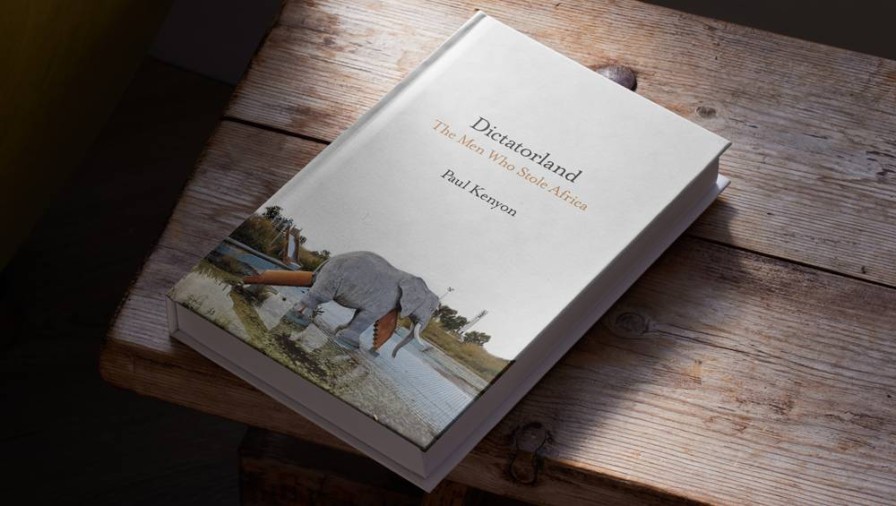
Dictatorland: The Men Who Stole Africa, by Paul Kenyon (Head of Zeus).
Nevil Gibson is a former editor at large for NBR. He has contributed film and book reviews to various publications.
This is supplied content and not paid for by NBR.